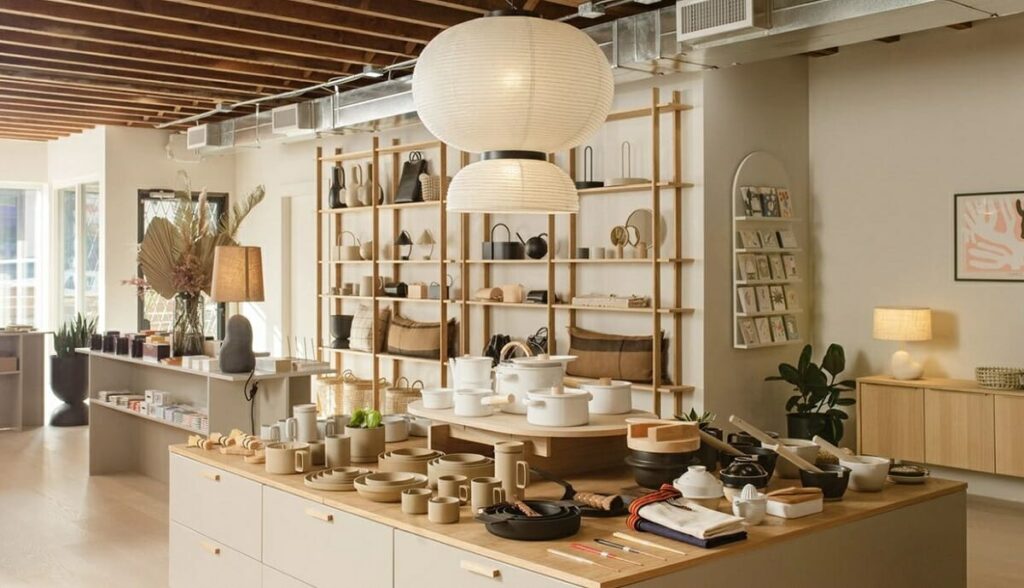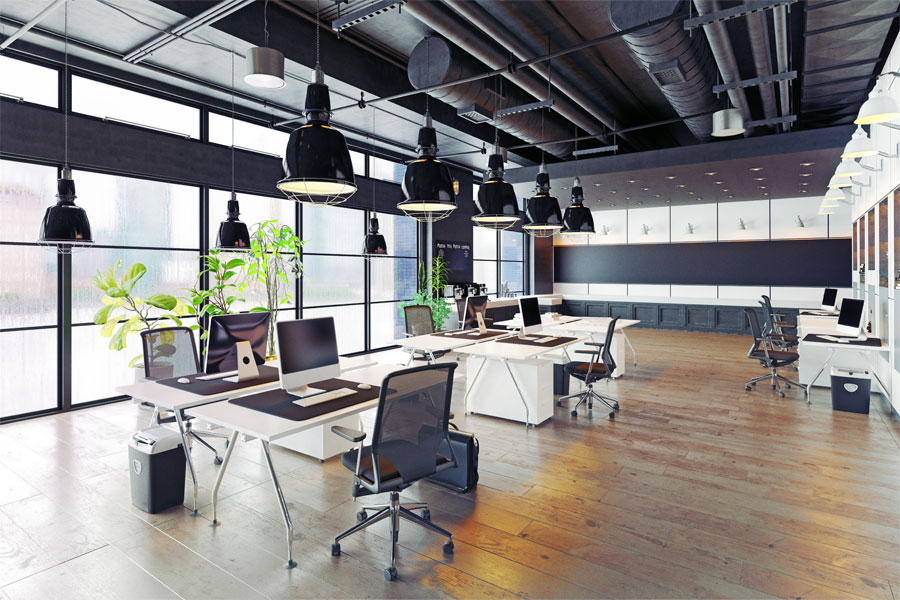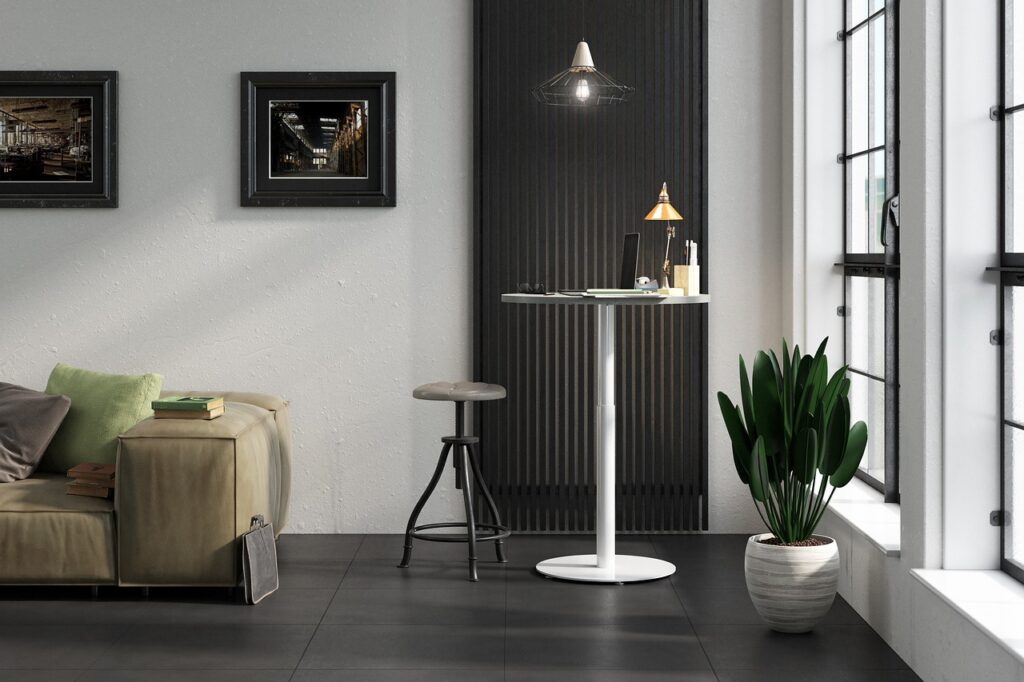In today’s competitive market, creating an inviting and functional retail space is paramount. Retail interior design plays a crucial role in attracting customers, enhancing their shopping experience, and ultimately driving sales. At Airbrick Infra, we understand the intricacies involved in crafting spaces that are not only aesthetically pleasing but also operationally efficient. This blog will delve into the key elements of effective retail interior design, presenting tips and insights that can transform any retail environment into a thriving commercial hub.
Understanding Retail Interior Design
Retail interior design encompasses the strategic planning and execution of a store’s layout, fixtures, lighting, and overall ambiance. The goal is to create an environment that encourages shopping while reflecting the brand’s identity. Unlike commercial interior design, which covers a broader range of business spaces, retail interior design is specifically tailored to enhance the consumer shopping experience.

The Importance of First Impressions
When customers walk into your store, their first impression can significantly influence their shopping behavior. A well-designed entrance sets the tone for the entire shopping experience. Consider using visually appealing displays and signage to attract attention. The entrance should be inviting, allowing customers to transition smoothly into the store.
Strategic Layout Planning
One of the most critical aspects of retail interior design is the store layout. The layout should facilitate easy navigation, guiding customers through different sections effortlessly. Here are some popular layout strategies:
- Grid Layout: Common in grocery stores, this layout features long aisles and efficiently uses space.
- Free-Flow Layout: Ideal for boutiques, this layout encourages customers to explore freely without a predetermined path.
- Loop Layout: This layout guides customers in a circular path, ensuring they pass by most of the merchandise.
Selecting the right layout depends on the type of products you offer and the shopping behavior of your target audience.
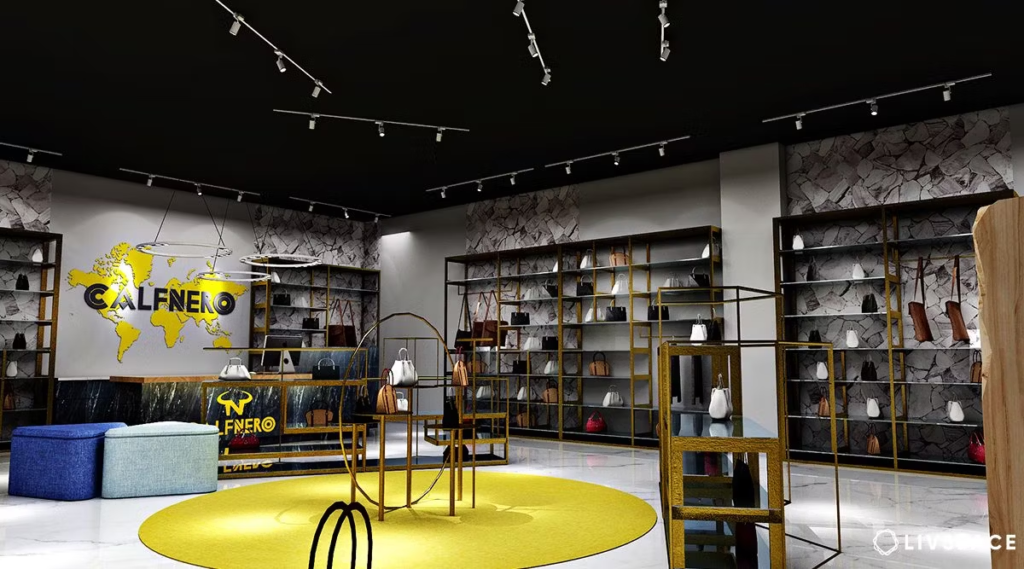
Lighting and Ambiance
Lighting is a powerful tool in retail interior design. It not only highlights products but also sets the mood of the store. Use a combination of ambient, accent, and task lighting to create a dynamic and engaging environment. Natural light can also be a great asset, making the space feel more open and inviting.
- Ambient Lighting: Provides overall illumination while ensuring a comfortable shopping experience.
- Accent Lighting: Focuses on specific areas or products, drawing customers’ attention to featured items.
- Task Lighting: Ensures adequate lighting in workspaces such as checkout counters.
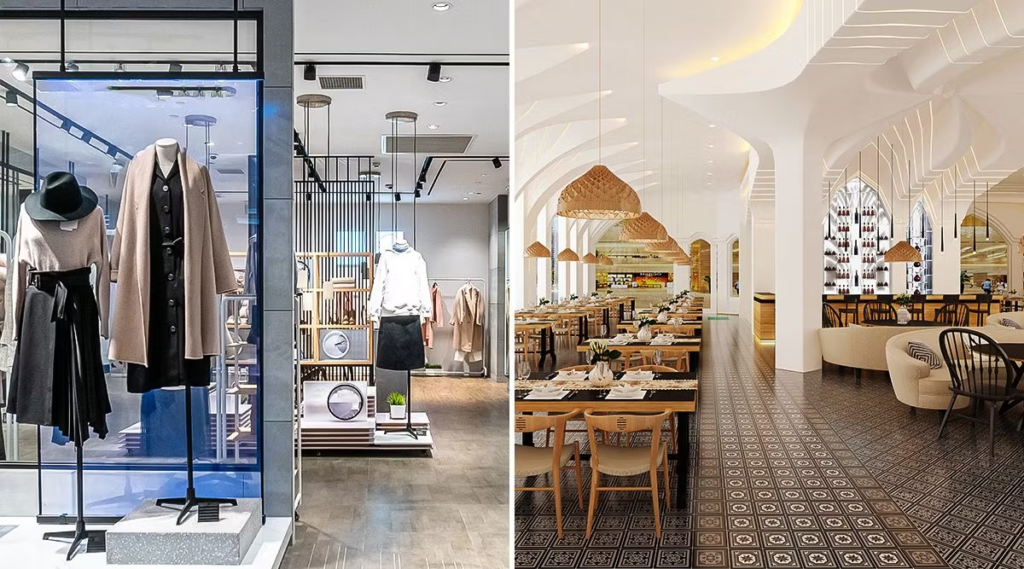
Color Schemes and Branding
Colors have a psychological impact on customers and can influence their purchasing decisions. Choose a color scheme that aligns with your brand identity and appeals to your target market. For instance, warm colors like red and orange can stimulate buying impulses, while cool colors like blue and green create a calming effect.
Consistency in branding, including color schemes, logos, and signage, reinforces brand recognition and loyalty. Incorporate your brand’s colors and motifs throughout the store to create a cohesive and memorable shopping experience.

Display Techniques
Effective product displays are essential in retail interior design. They should be visually appealing and strategically placed to catch customers’ attention. Here are some display techniques to consider:
- Point of Purchase Displays: Located near the checkout, these displays encourage impulse buying.
- Window Displays: Capture the interest of passersby and entice them to enter the store.
- Feature Displays: Highlight new arrivals, seasonal items, or promotions.
Regularly updating displays keeps the store looking fresh and encourages repeat visits.

Creating Comfortable Spaces
While the primary goal of retail interior design is to promote sales, creating a comfortable shopping environment is equally important. Providing seating areas, especially in larger stores, allows customers to take a break and relax, enhancing their overall shopping experience. Additionally, ensuring the store is clean, organized, and well-maintained contributes to a positive impression.
Technology Integration
Incorporating technology into retail interior design can enhance the shopping experience and streamline operations. Digital signage, interactive displays, and mobile payment options are just a few examples. These technologies not only attract tech-savvy customers but also provide valuable data on customer behavior and preferences.
Sustainable Design Practices
Sustainability is becoming increasingly important to consumers. Incorporating eco-friendly elements into your retail interior design can appeal to environmentally conscious customers and differentiate your brand. Consider using energy-efficient lighting, sustainable materials, and recycling programs to reduce your store’s environmental footprint.
Conclusion
Retail interior design is a multifaceted discipline that requires careful planning and execution. By focusing on elements such as layout, lighting, color schemes, and technology, you can create a retail environment that not only attracts customers but also enhances their shopping experience. At Airbrick Infra, we specialize in designing retail spaces that are both functional and aesthetically pleasing, ensuring your store stands out in a competitive market.
Whether you’re looking to revamp an existing space or design a new store from scratch, our team of experts is here to help. Contact us today to learn more about how we can transform your retail space into a thriving commercial success.
By incorporating these strategies, you can seamlessly transition from commercial interior design to a specialized retail interior design, ensuring cohesion across all your commercial spaces.

